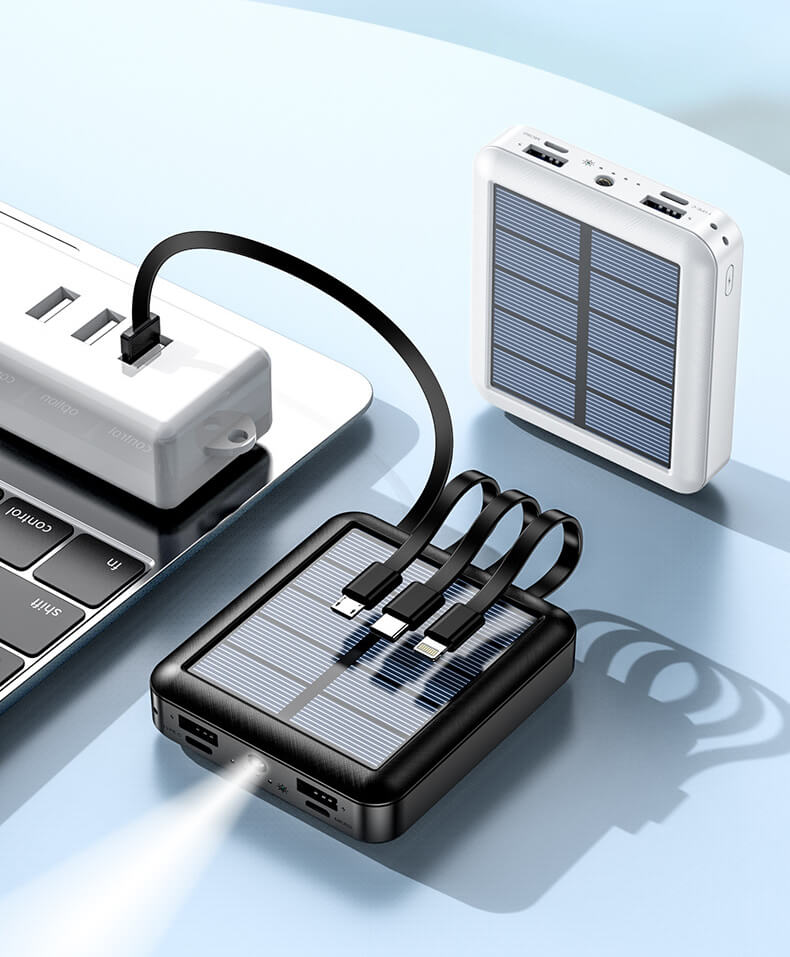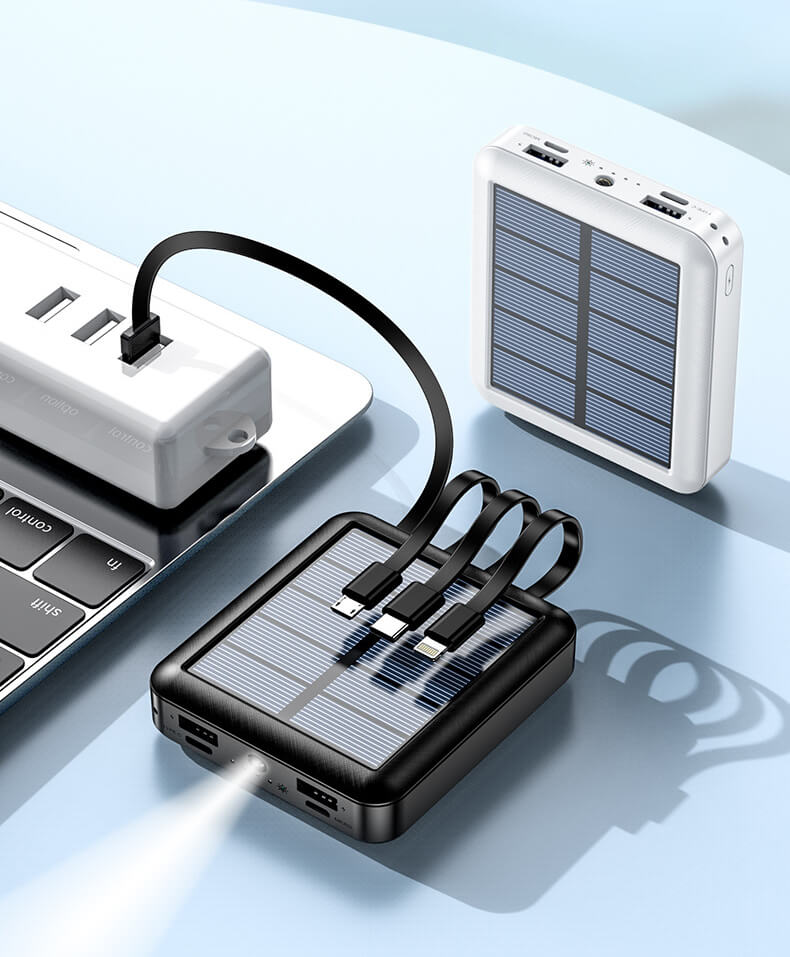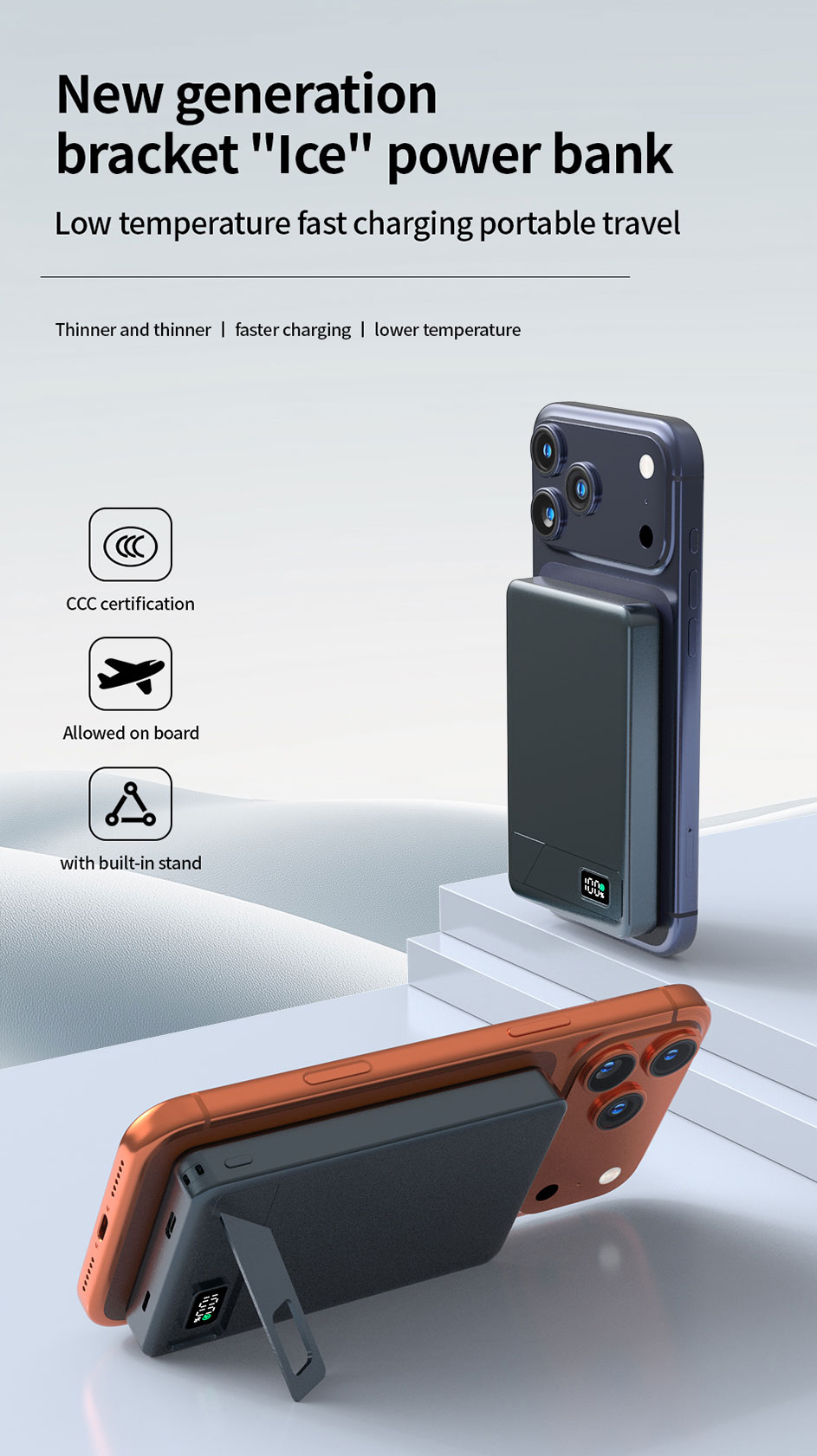Solar charger can\'t charge what\'s going on


In today's world, solar chargers have become increasingly popular for their ability to harness energy from the sun and charge electronic devices. However, there are instances where solar chargers may not perform as expected, leaving users wondering: "Solar charger can't charge what's going on?" In this article, we will explore the various factors that can affect the charging efficiency of solar chargers and provide insights into troubleshooting common issues.
The Importance of Proper Placement
One of the key factors influencing the performance of a solar charger is its placement. Solar panels require direct sunlight to charge efficiently. Therefore, it is crucial to position the solar charger in an unobstructed area where it can receive maximum sunlight exposure. Placing it near windows or in shaded areas will significantly affect its charging capability.
In addition, the angle of the solar charger plays a significant role in its efficiency. Ideally, the solar panel should face the sun directly and be tilted at an angle based on the geographical location. By adjusting the angle accordingly, users can optimize the charging efficiency of their solar chargers.
Inadequate Sunlight and Weather Conditions
Solar chargers rely on sunlight to convert it into electrical energy. Therefore, insufficient sunlight and adverse weather conditions can hinder the charging process. Cloudy days, rain, or even smog can reduce the amount of sunlight reaching the solar panel, thus affecting the charging speed.
Furthermore, variations in geographical location can impact the amount of sunlight available. For instance, solar chargers may perform differently in areas with less daylight hours or locations closer to the poles. Understanding these factors can help users set realistic expectations and choose the appropriate solar charger for their specific needs.
Compatibility and Power Output
Another common issue users face when their solar charger fails to charge effectively is compatibility. Different electronic devices require various power outputs to charge efficiently. It is essential to ensure that the solar charger's power output matches the device's requirements. Using an incompatible solar charger may result in slower charging or even complete failure.
Additionally, some devices may require a constant power source for charging, whereas solar chargers rely on intermittent sunlight. In such cases, using a power bank or a battery backup system can provide a reliable solution, ensuring uninterrupted charging for your devices.
A Comprehensive Understanding of Solar Chargers
In summary, "Solar charger can't charge what's going on?" is a common concern. By considering proper placement, taking into account sunlight and weather conditions, and ensuring compatibility and power output requirements, users can maximize the performance of their solar chargers. Being aware of these factors equips users with the necessary knowledge to troubleshoot and enhance their overall charging experience.




